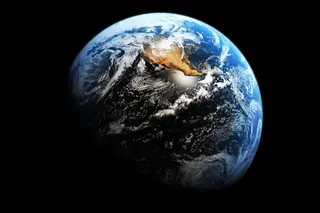When physicists are asked about "parallel worlds" or ideas along those lines, they have to be careful to distinguish among different interpretations of that idea. There is the "multiverse" of inflationary cosmology, the "many worlds" or "branches of the wave function" of quantum mechanics, and "parallel branes" of string theory. Increasingly, however, people are wondering whether the first two concepts might actually represent the same underlying idea. (I think the branes are still a truly distinct notion.) At first blush it seems crazy -- or at least that was my own initial reaction. When cosmologists talk about "the multiverse," it's a slightly poetic term. We really just mean different regions of spacetime, far away so that we can't observe them, but nevertheless still part of what one might reasonably want to call "the universe." In inflationary cosmology, however, these different regions can be relatively self-contained -- "pocket universes," as Alan ...
Are Many Worlds and the Multiverse the Same Idea?
Explore quantum vacuum decay and its implications on the cosmological multiverse and many worlds interpretation of physics.
More on Discover
Stay Curious
SubscribeTo The Magazine
Save up to 40% off the cover price when you subscribe to Discover magazine.
Subscribe












